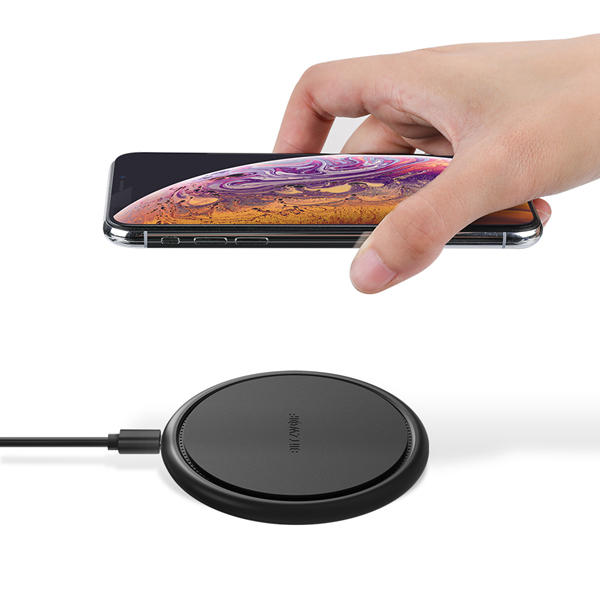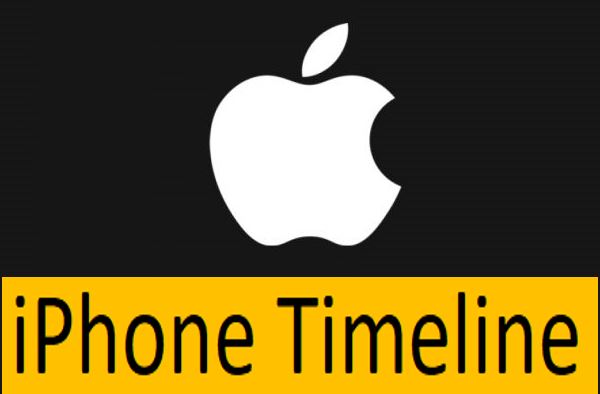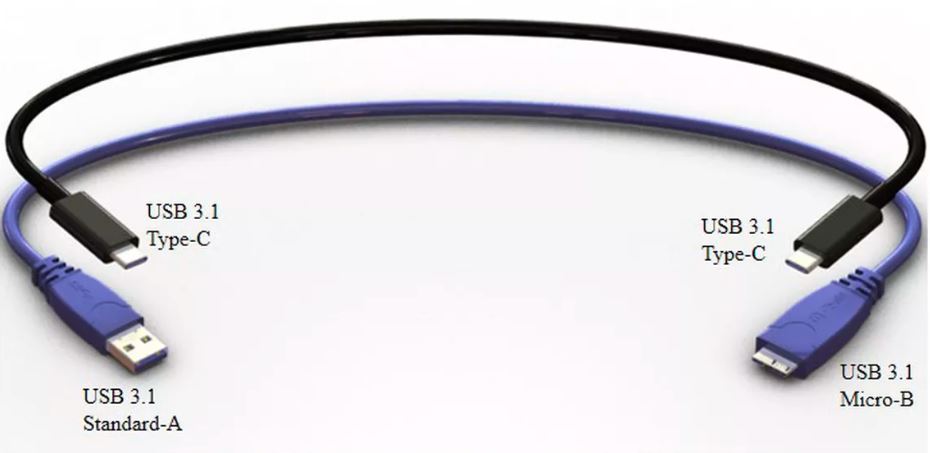Introduction
Wireless Charging, It is a type of wireless power transfer. It uses electromagnetic induction to provide electricity to portable devices. The common application is the Qi Wireless charging standard for smartphones, smartwatches and tablets.
It is means that you just drop your handset devices onto the charging pad and things get to work without having to plug anything into your phone. This is significantly easier than traditional wired charging.
In this technology used in power tools, electric toothbrushes, vehicles and medical devices.
In recent times, there are so many Wireless charging technologies in use. All focused at without cables to everything from smartphones and laptops to kitchen appliances and cars. You may interested in how to speed up your laptop here.
Important things for Wireless Charging

Energy is transferred through inductive coupling and alternate current is run through an induction coil in the charging station or pad.
Any moving electric charge produce a magnetic field – as stated by Oersted’s law. The magnetic field fluctuates in strength as the AC current is continuously changing amplitude.
This makes an alternating electric current in a second induction coil (the receiving, or secondary coil) in the portable device.
Then converted to direct current with a rectifier and used to charge a battery or provide operating power.
Resonance Frequency
The long distances between sender and receiver coils can be received. When the inductive charging system uses resonant inductive coupling.
A Capacitor is added to each induction coil to create two LC Circuit with a particular resonance frequency.
In Current features to this resonant system include using a movable transmission coil (like, mounted on an elevating platform or arm).
The use of other materials for the receiver coil like as silver-plated copper or aluminum to less weight and decrease resistance due to the skin effect.
It is offer the promise of increased mobility. In this method was penetrate to healthcare, automotive and production industries.
Working Process of Wireless Charging
Three types of wireless charging process are available,
- Charging pads which is use tightly-coupled electromagnetic inductive or Non-Radioactive charging.
- Charging bowls or through-surface type chargers which use loosely-coupled or Radioactive electromagnetic resonant charging that can transmit a charge some distance of centimeters
- Uncoupled radio frequency (RF) wireless charging which permits a trickle charging ability at distances of many feet.
In the above, the first and second process is using the same principles of science and the time-varying magnetic field induces power in a closed loop of wire.
The big size of copper coils are transferred more energy in wireless rather than smaller copper coils.
WiTricity
It is an MIT spinout, when it was founded in 200. It was attempting both consumer appliances as well as electric vehicle wireless charging, as made clear by their former CEO.
All the smartphones have a few inches diameter of copper coils only. The WiTricity company have been following that tricks and it licenses loosely-coupled resonant method for everything from automobiles and wind turbines to robotics.
Working Methodologies for WiTricity in Car System
Large size of copper coils have 25 cm in diameter for the receivers and its permits efficient power transfer over distances up to 25 cm.
High levels of power to be transmitted and high efficiency ( greater than 92% end-to-end ) using of resonance enables – stated WiTricity CTO Morris Kesler.
Wireless charging pads and charging bowls all are coming to the market for sales and 200 million charging-enabled devices shipped to over the market in 2016.
The cars, robots are also used the charging technology. All the devices are using some form of inductive (charging pad) type design.
Mobile Field
Apple company has started the wireless handset production by based on WPC’s Qi standard.
At the same time, Samsung and other Android smartphone company’s are following this methods from before two years onward.
A good quality of mobile wireless charger emerged after a six year from the starting and it is using the tightly coupled or inductive charging process.
In the wireless charger, the user must be keep a smartphone in an proper position on pad for it to charge. Nokia firms also introduced the built-in wireless charging facilities in the model of Nokia 920. It has used the Qi standard.
History of Wireless Charging
- Alliance for Wireless Power (A4WP)
- Power Matters Alliance (PMA)
- Wireless Power Consortium (WPC).
The above three competing wireless charging standards groups focused on inductive and resonance charging provisions:
The Wireless Power Consortium (WPC) created the most prevalent of the wireless charging standards.
The WPC produced the most famous of the wireless charging standards – Qi-It enables inductive or pad-type charging and small-distance (1.5cm or less) electromagnetic resonant inductive charging.
The airport and coffee shops are using the Power Matters Alliance (PMA) and it is Powermat charging provisions and got the success.
The Wireless Power Consortium (WPC) was established in 2008, and in 2010 they established the Qi standard.
The Alliance for Wireless Power (A4WP) and the Power Matter Alliance (PMA) were founded.
Duracell Powermart has claims more than 1500 charging place in U.S, and it is an Alliance of Air Fuel. It has the 1000 spots in European airports, hotels and cafes with tie-up to PowerKiss.
Powermat

Qi standard is a not only wireless charging level. Other standards like as Powermat are used to build wireless charging solutions. It is use a various standard than Qi but the science behind them all is the same
Powermat has tie-up with companies like AT&T and Starbucks to providing base stations in common places, and using a special case or charging spots attached to your phone lets you wireless charge.
Also Powermart mingled with General Motors and are working to bring built-in wireless charging bases in vehicles.
Qi and Powermart both are using the same basic science in their methods but the different standards mean they are not compatible.
Like as, Qi-enabled phone won’t charge on a Powermat base why means the signals sent and received are different.
Samsung Galaxy phones has both Qi and Powermart standards.
WiTricity and wireless charging in Vehicles
The main focus of the WiTricity is to automobiles industry. It is tie with AirFuel, expects a number of electric car manufacturing to announce wireless charging for their vehicles, according to WiTricity CEO Alex Gruzen.
The electromagnetic resonant technology permits power to transfer at distances of up to about nine inches away from a charging pad.
Let’s electric cars to charge just by parking on top of a huge charging pad.
The electric vehicles application is produced for electromagnetic resonant charging – Kesler said. The type of charging pad delivers electricity more efficiently than a cable, so vehicles does not need a charging cables.
Our wireless charging can be 93% efficient from end to end – from the wall to what’s being delivered to the battery,” Kesler said.
Final Words
Both Qi and Powermat deliver a great start for wireless charging, but strains the skill isn’t completely wireless. The user can begin to accept the premise of wireless charging to start the Qi charge pad methods and will soon demand a much more flexible.
Mobile charging could allow small internet of devices to get power more feet away from a charger. In the post analyzing for what is wireless charging and related to that. If you have feel good, please let us know the comments for this article.






